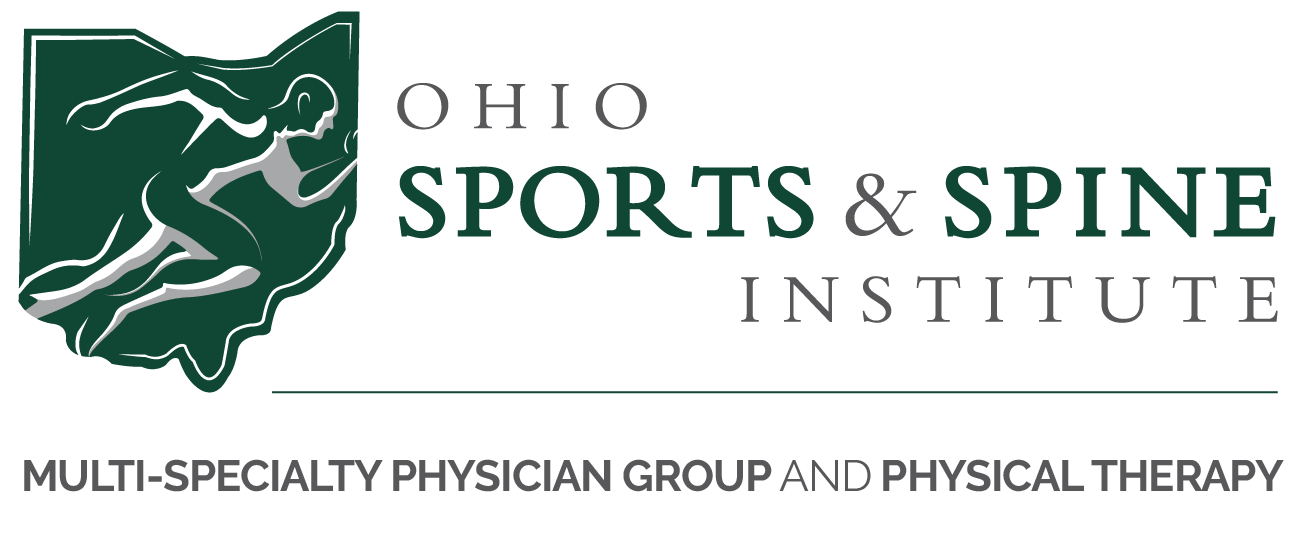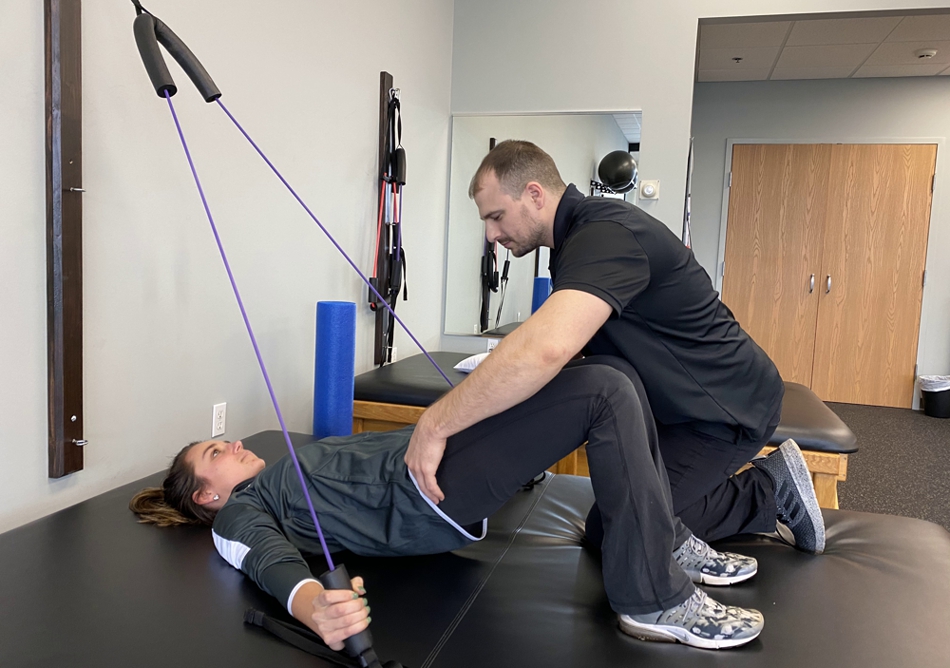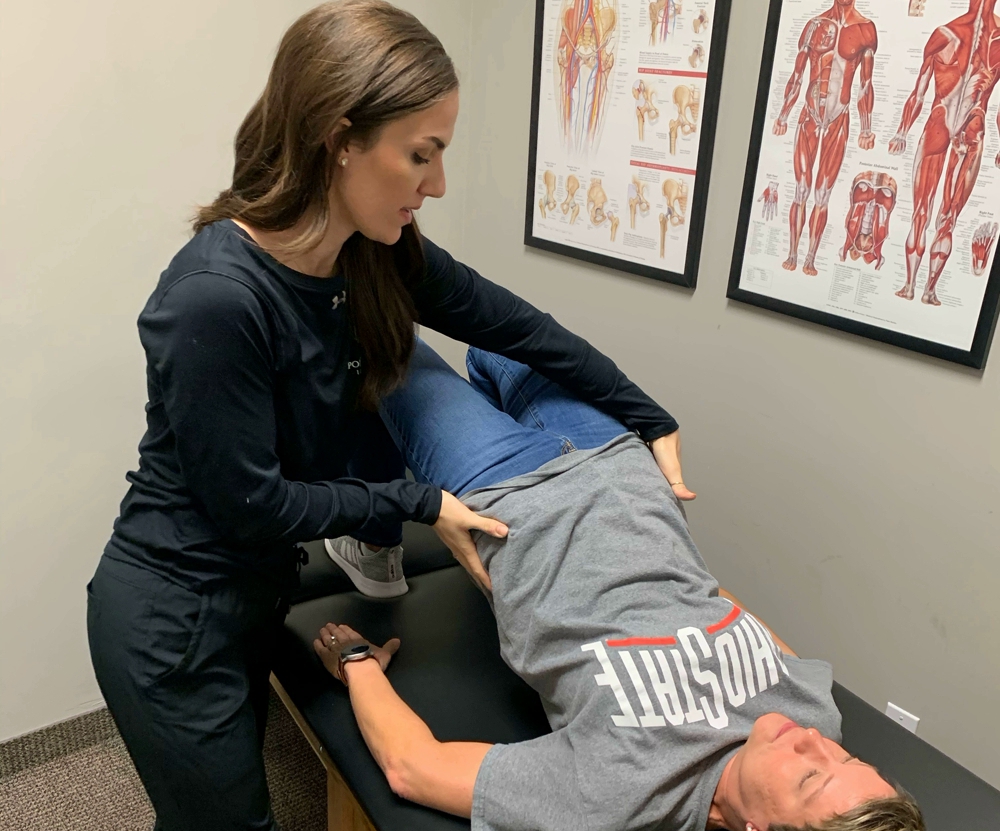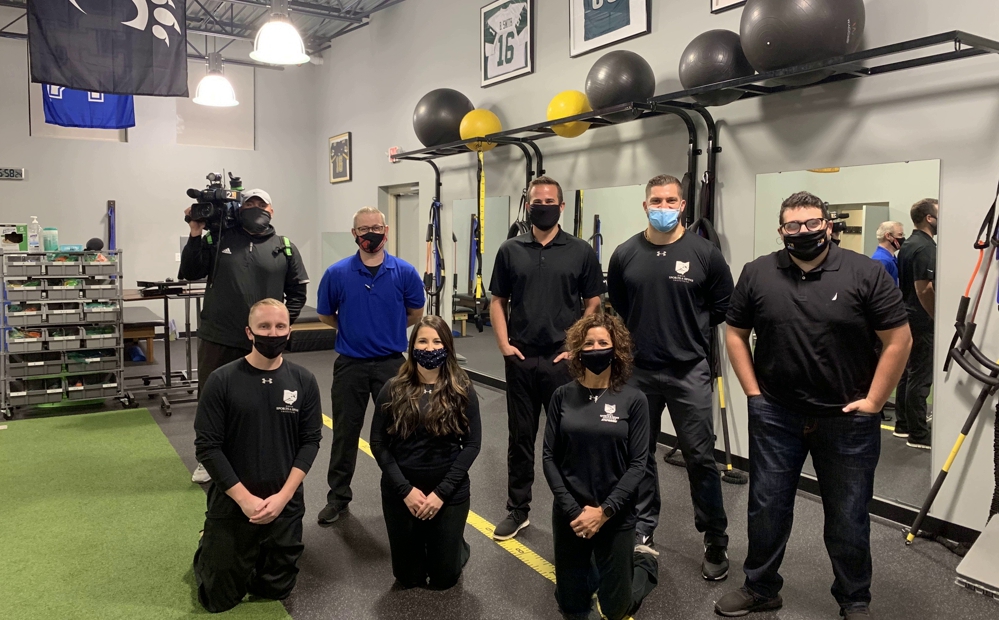What is an SFMA and why should I get one?
By Edward Palestro, DPT
We don’t always pay attention to how we’re moving in our day-to-day actions and, often times, we compromise proper movement in order to get things done. What we don’t realize is the effect that dysfunctional movement has on our bodies in the long-run.
Whether we slept the wrong way, have a sore back or ignored an injury that never healed properly, the imbalance in our movements can lead to injuries or ongoing pain.
That’s why it’s essential to receive a selective functional movement assessment and establish goals for becoming more conscious of the way we move on a daily basis.
What is a Selective Functional Movement Assessment?
The functional movement assessment is a series of seven tests that require a balance of mobility and stability, which are essential elements in our movement patterns.
SFMA-certified professionals screen individuals by classifying fundamental movement patterns and locating areas where dysfunction may exist.
The SFMA assessment includes top tier movements of the cervical and upper extremities, as well as multi-segmental movement patterns of flexion, extension and rotation, single limb stance and squat movements.

Further investigation of movement patterns includes a deep squat, hurdle step, inline lunge, shoulder mobility, active straight-leg raise, trunk stability push-up, and rotary stability (testing the core, pelvis and shoulder).

It provides a baseline of how well a person moves and identifies how the body functions as a whole, before a therapist tries to understand how the body functions in its separate components.
Dysfunctional movement can be classified as either a stability and motor control deficit or a mobility deficit.
The SFMA defines stability and motor control as the input required to produce an acceptable output.
A mobility deficit is a lack of acceptable fundamental mobility of a joint or soft tissue structure.
If joint or soft tissue structures lack fundamental mobility, the potential for proper motor control is limited, so with the SFMA, we look to improve mobility deficits prior to addressing stability and motor deficits.
A simple way to understand the concepts of stability versus mobility (barring there is no pain), is to see if you can bend over and touch your toes. If you cannot, you can sit on the ground in a long-seated position (like in gym class) and try to touch your toes. If you are now able to touch your toes, then this is a simple way to classify mobility versus stability.
It is important to be assessed correctly to understand the different deficit concepts, which determine the treatment method.
Why Should I Complete an SFMA?
The functional movement assessment enables us to look beyond the medical diagnosis, MRI or an X-Ray. It allows us to treat patients on a holistic level and identify how their medical diagnoses relate to their functional diagnoses.
For instance, I may have five patients who all have ankle pain, but the ankle is just where they’re experiencing the pain. It may not necessarily be the dysfunctional source that is causing the pain. Each of the five patients may have a different dysfunctional mechanical component that contributes to their pain, so each should be treated differently.
The functional movement assessment provides a complete approach to find the cause of pain in order to address the source.
We often hear that we should move well and move often. The quality of movement should take precedence over the quantity of movement.
Whether you’re recovering from an injury or looking to avoid injuries or pain in the future, focusing on fundamental movements will help you to strengthen your overall function in everyday life.
What Can I Expect During/After Receiving an Assessment?
A physical therapist will administer the screening and it typically takes about five to 10 minutes, but when breaking down dysfunctional movement, it will take approximately 30 minutes.
The most important takeaway is to focus on your ABCs, which include proper alignment, breathing and how to engage your core. And then continue to think of your ABCs during your day-to-day activities.
You’d be surprised at how these important things contribute to better input that provide better overall output to perform functional tasks.
For example, try sitting in a slumped position and try to raise your arms overhead. Then sit upright and try to raise your arms over head. Notice the difference between the way alignment affects the way your arms move overhead.
We focus on educating our patients on how they can become more conscious of areas where they can improve.
And always remember “bad movement can exist anywhere in the body, but poor movement patterns can exist only in the brain.”
You can have all the strength in the world, but if it doesn’t translate to functional movement, where does that really get you?
Edward Palestro is a physical therapist at Ohio Sports & Spine Institute and is certified in selective functional movement assessments. He enjoys staying educated on functional exercise by learning from physicians, attending continuing education courses and doing research of his own. You can reach him at E.Palestro@ossinstitute.com.
Source: The Selective Functional Movement Assessment Handbook





